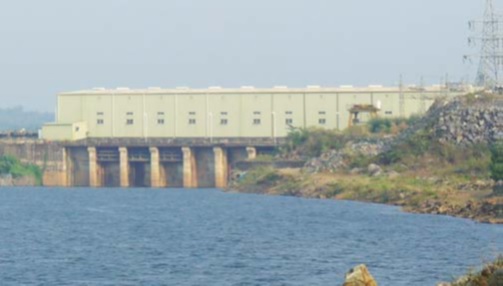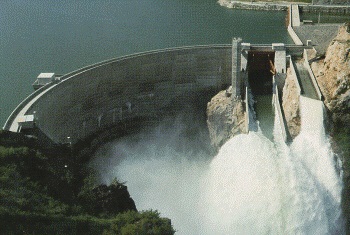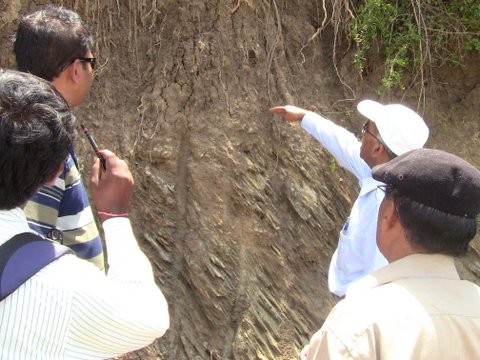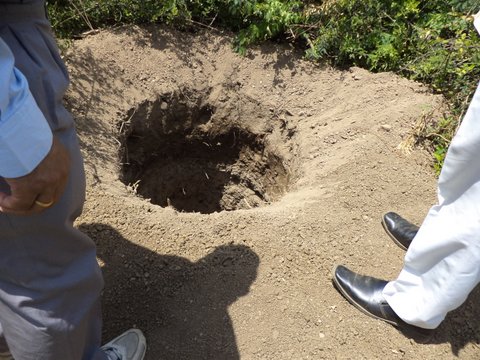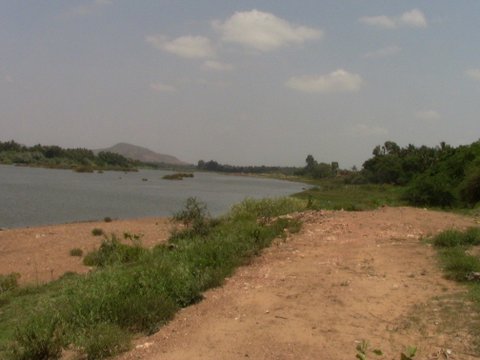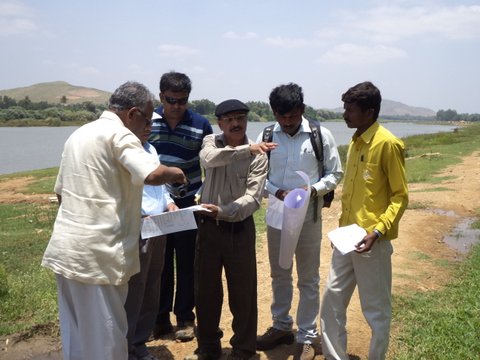Mini Hydro Plants are renewable and non-polluting way of harnessing energy from falling water in small quantities at lower heads, such as steep mountain rivers, run of the rivers, irrigation canals etc.
- Hydropower is a renewable source of energy as it is generated by a combination of the unending rain cycle and abrupt topography of the earth.
- It is non-polluting and hence environment friendly.
- HydroElectric power plants offer base load generations
- Cost of generation, operation and maintenance is lower than the other sources of energy
- Cost of generation is free from inflationary effects after commissioning
- Ability to speedily synchronize with the grid and can stop very quickly. instantaneous load acceptance makes it suitable to meet peak load demand.
- Hydropower projects, being located in remote regions, lead to a development of interior backward areas in terms of infrastructure facilities like educational institutions, health centres, roads, telecommmunications etc
- Storage-based hydro schemes often provide additional benefits of irrigation, flood control, drinking water supply, navigationrecreation, tourism etc
- Hydroelectric power projects take a long time to build, but have a very long life. The first hydro project completed in 1897 and is still in operation.

